How to Choose the Right Cane for Walking and Balancing?
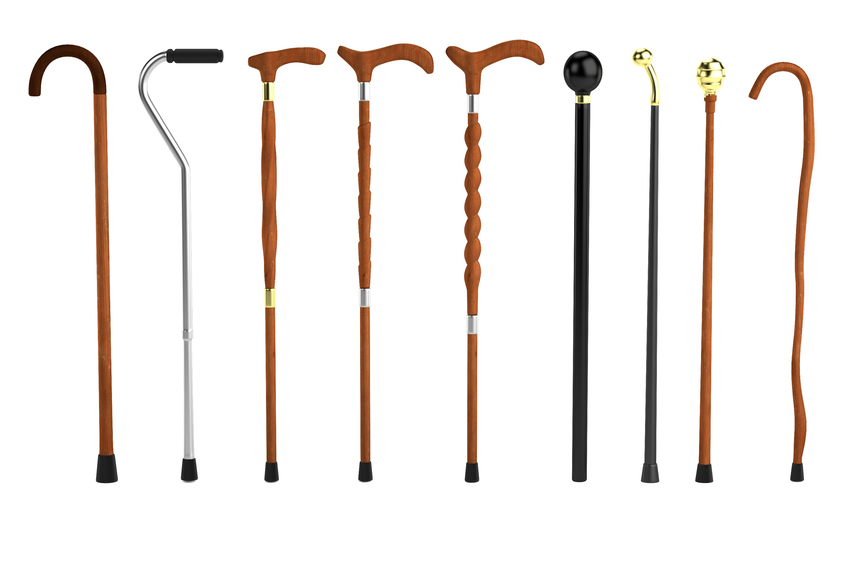
You mustn’t choose a walking cane that exceeds or falls behind the crease of the wrist when you stand straight. Since a walking cane supports 25 % of your total weight, you aren’t supposed to incline heavily or overextend your arm to reach a cane. If both are the case, you would either tumble over your stick or strain your shoulder and elbows.
If you are wondering about getting a walking cane after experiencing balance problems, hip replacement surgery, arthritis or knee injury:
- First of all, consult with your health care provider if you are in need of a walking cane or other mobility devices. A walking cane is advised for a patient with arthritis and minor gait problems in one leg or balance. If it’s again arthritis but suffering is at both parts of a human body, a walker is recommended.
- Stand in your comfy shoes, stand straight and relax your hands loosely at both sides. Place your cane just above the floor such that it just goes parallel with the crease of the wrist.
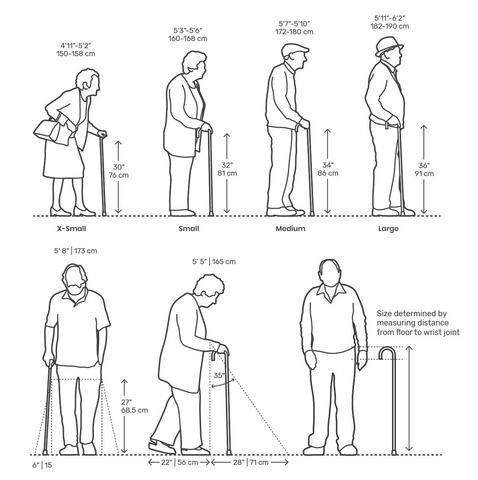
- Place your hand over the handle- if your elbow bends from 15 to 30 degrees, it’s a precise fit. It mitigates poor balance and muscle or joint tension.
- If you pick up a wooden cane, it can be slashed down to a convenient size. Similarly, aluminium walking canes are available with a push button that slides the whole cane to a new length.
- Look out for a non-skid rubber tip on the cane. The slip resistance allows an ideal balance at uneven surfaces. A walking cane is all about proffering traction in fields, carpets, slippery surfaces, hardwoods, gravels and odd floors.
- Fetching for single-point cane or quad cane? A single point cane is famous among bad balance guys. When a patient is in terrible balance because of arthritis and pain or injury in either of their limbs, a single point cane becomes a saviour. A quad cane is more feasible among patients with neurological disorders.
- Place your hand over the handle? Is it curved, rounded, and fritz-styled that you can rest your entire palm? Do you feel less strain in your shoulder, elbow, and wrist while holding a cane? Note down your comfy points.
What’s the right cane for walking and balancing?
When rumbling through the market, you might lose your cool and get mixed up watching different sorts of walking cane. Only the single point canes and quad canes shouldn’t be on your list; you must watch out for discreet details for functional grip cane, C cane, folding cane and offset handle grip.
Functional Grip Cane
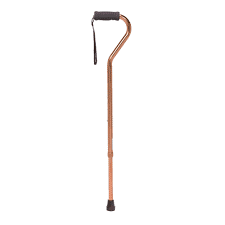
A functional grip cane is durable, lightweight, and easy to grip. It is an erect and unbending rod with a slightly curved handle at the right angle to the main shaft. The handle permits gripping attributes compared to curved ones, while the sturdy pole cures a lousy balance. But it isn’t as supportive as a quad cane since it has a robust base extended on four sides.
C Cane
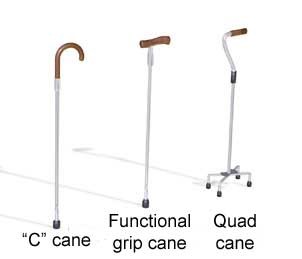
Unlike a functional grip cane, C cane distinctively has a ‘C’ shaped handle perpendicular to its long and straight rod. It is used for correcting simple gait problems. If one needs more mobility assistance on both sides of their affected areas, it isn’t an ideal choice.
Though it is accessible in stocks, it doesn’t support half of a human weight alone. If individuals slant too forward with ‘C cane’, they might lose their balance and trip over it.
Folding cane
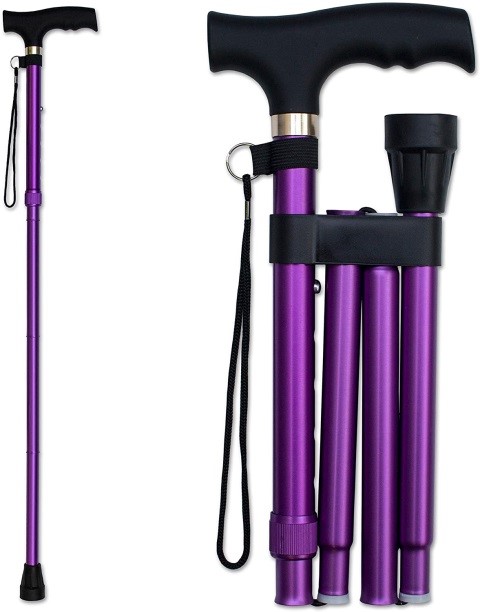
It’s another version of a functional grip cane that can be wrapped up in four divisional lengths and stored in a handbag. Like a functional grip cane, the handle relieves the muscle and joints hassles, and the shaft bears a heavyweight solely. An extra thing that comes in handy is its folding nature, which allows an easy store in handbag, warehouse, and wardrobe.
Offset handle cane
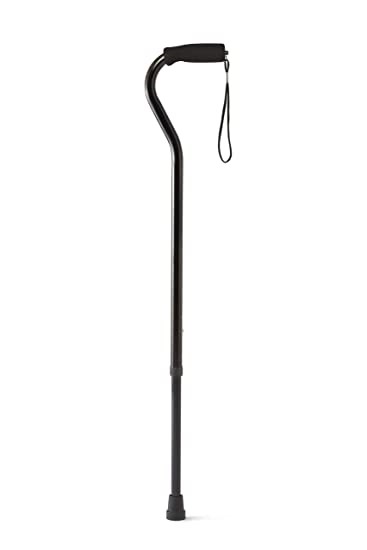
It is an advanced form of functional grip cane that bears most of the walker’s weight when they lead a couple of strides. If you have wrist pain and arthritis in your hip and knee, it is the best pick. The handle, which looks like the swan’s neck, ensures your weight distribution directly over the straight shaft than the handle itself. Loosen your hand and place it over the handle with an elbow angle not less than twenty degrees; the offset style takes the edge of the pain.